Answered step by step
Verified Expert Solution
Question
1 Approved Answer
i dont understand the calculations for this lab. if some one could help give a step by step that would be awesome. ive attached the
i dont understand the calculations for this lab. if some one could help give a step by step that would be awesome. ive attached the lab results for part one and part two. ive done the excel graph, but not 100% sure its right. 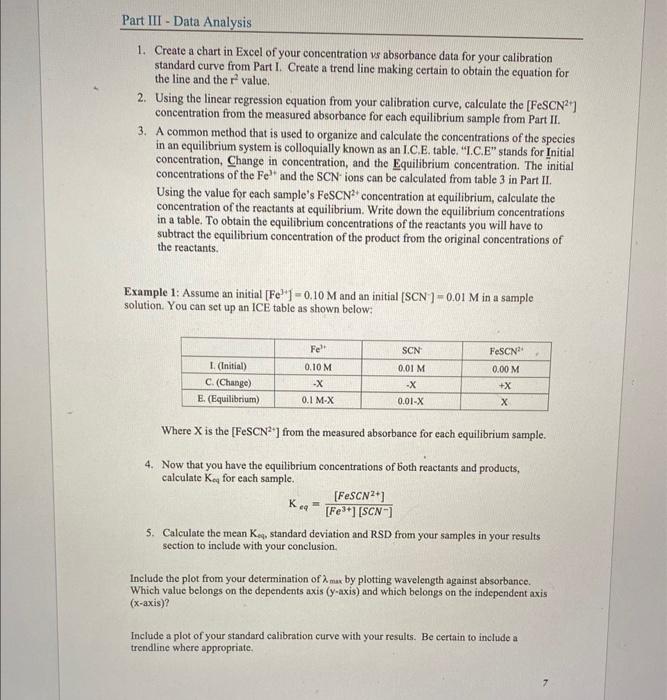

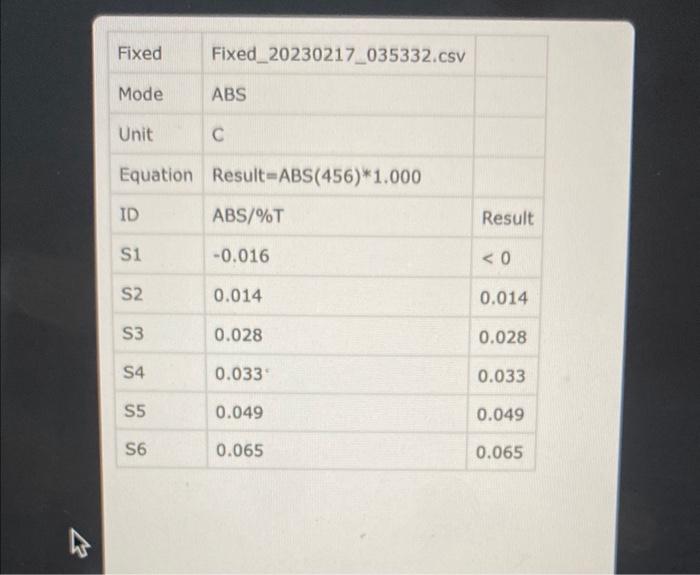
this is part 1

this is part 2
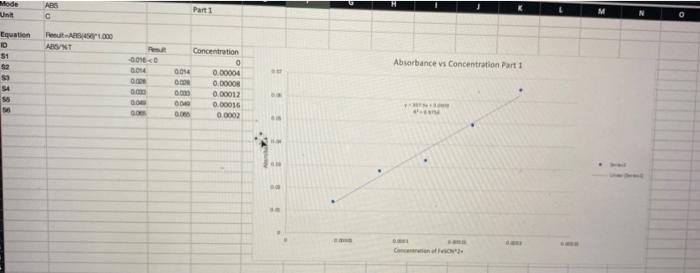
here are more tables, i am so lost im not sure how to use this information 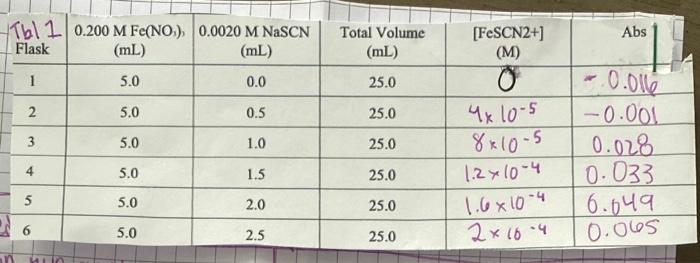

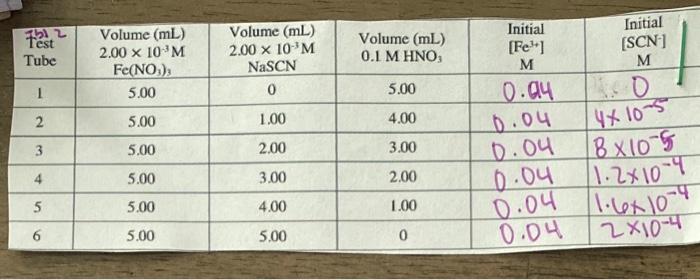
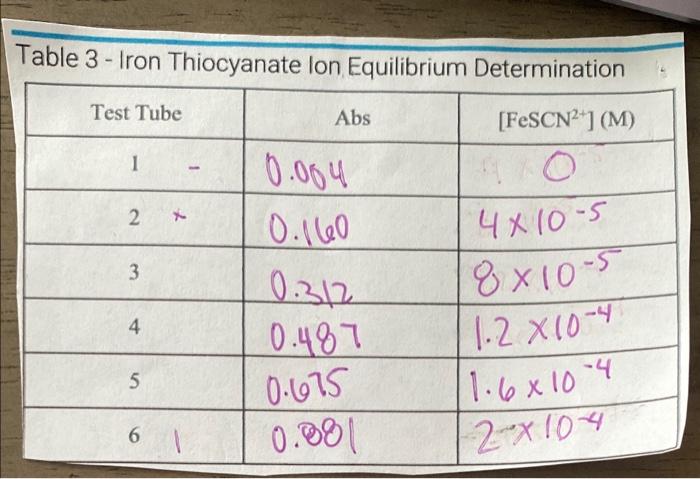
Step by Step Solution
There are 3 Steps involved in it
Step: 1

Get Instant Access to Expert-Tailored Solutions
See step-by-step solutions with expert insights and AI powered tools for academic success
Step: 2

Step: 3

Ace Your Homework with AI
Get the answers you need in no time with our AI-driven, step-by-step assistance
Get Started


